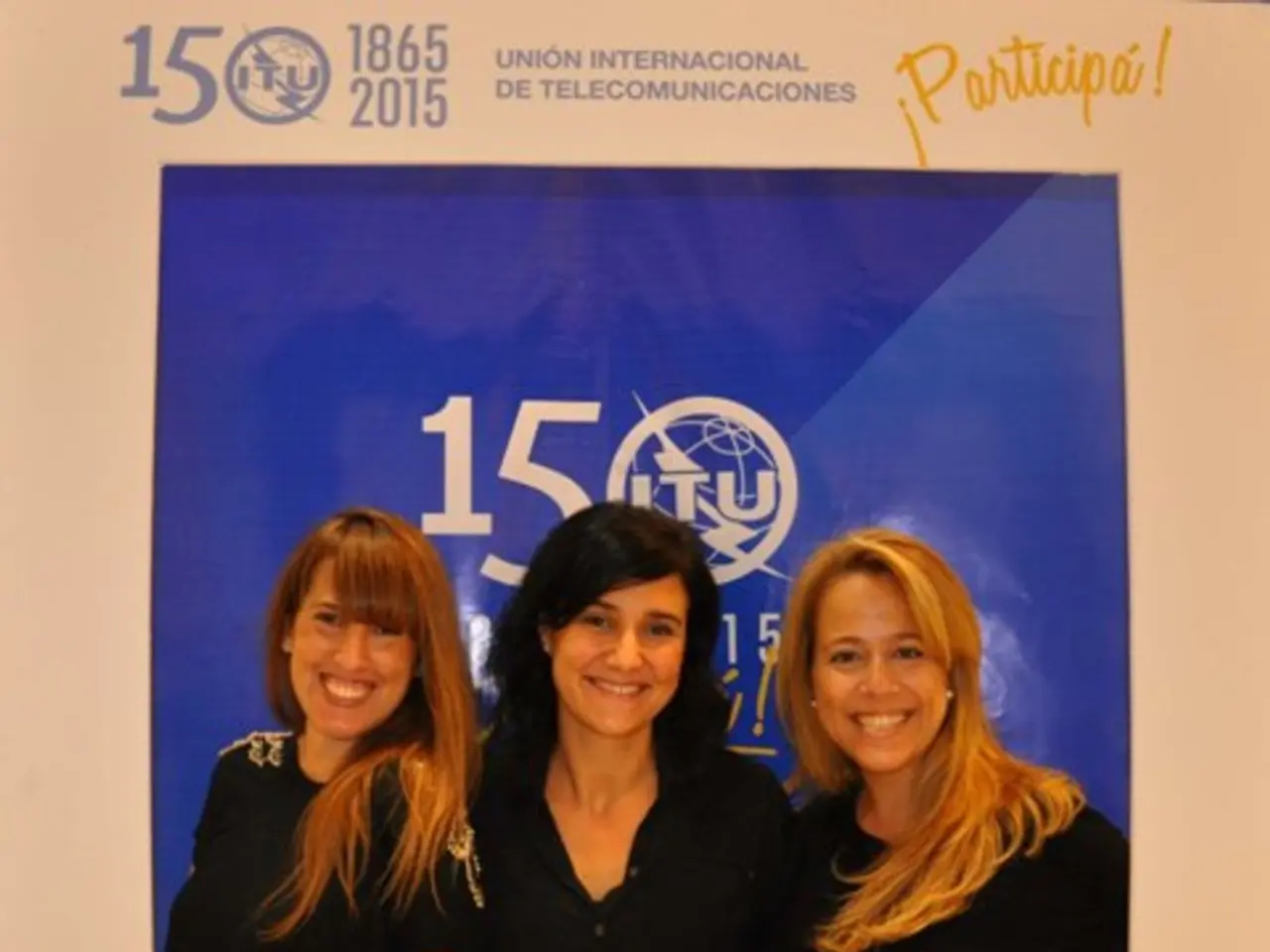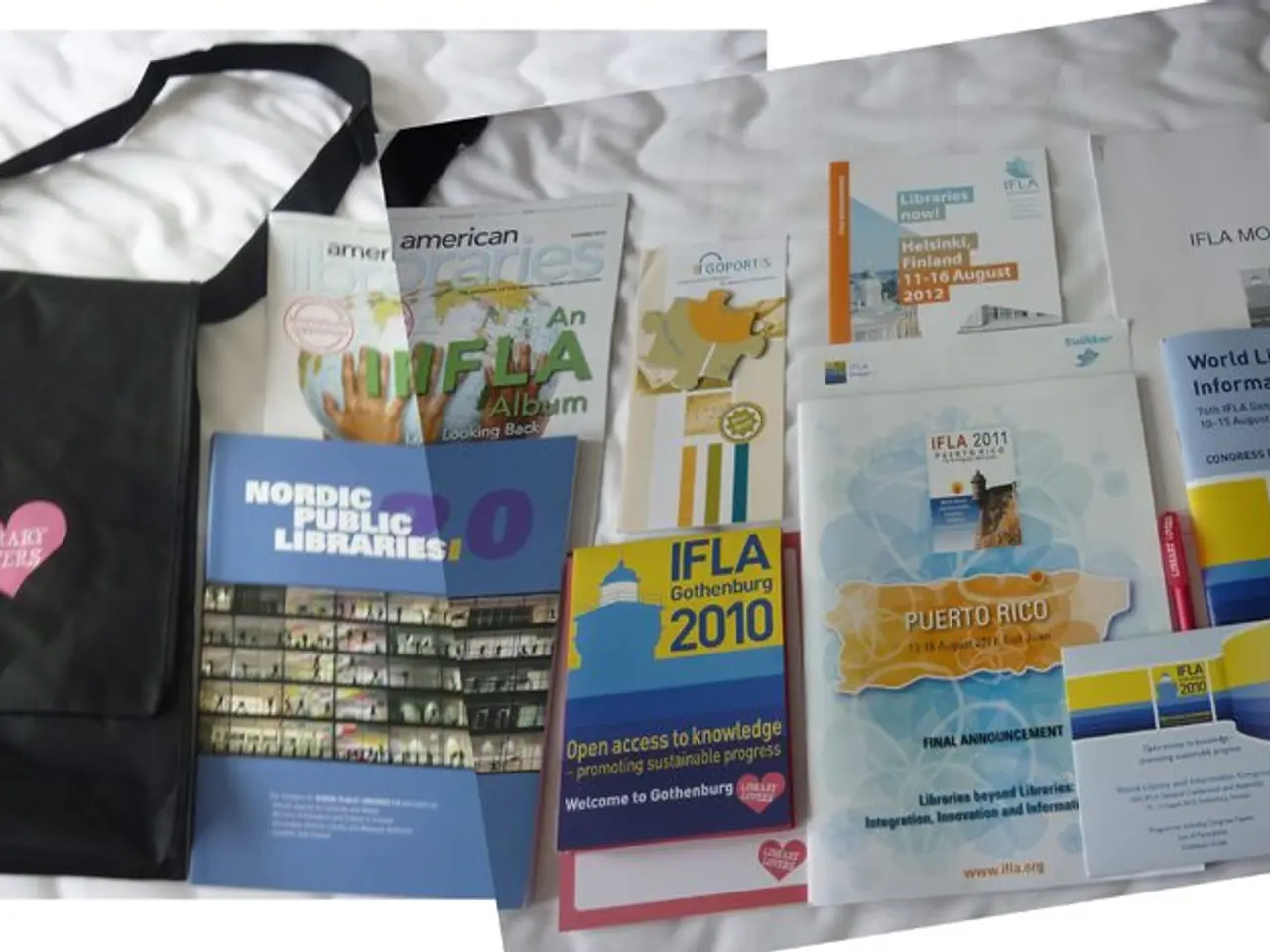Kim Kardashian's recent 'Back to School' release from Skims displayes ongoing fascination with the alluring schoolgirl look
In the year 2025, the sexualization of schoolgirls continues to be a prevalent issue in media, fashion, and social media platforms. This phenomenon is largely due to entrenched cultural norms, algorithm-driven amplification of sexualized content, and the widespread consumption of internet pornography among adolescents.
Kim Kardashian's latest Skims Campus collection, launched ahead of the "back to school" season, features flannel pyjama pants, baby tees, tube socks, pom-poms, "novelty accessories," and plenty of plaid. However, the visual language of the campaign suggests something more than just cosy loungewear, with tiny shorts, cheerleader energy, and soft-focus sleepover vibes.
The creator defended her content by stating that men have made porn content with schoolgirls since day one, and asked why she cannot do a "schoolboy." However, this argument misses the mark, as the sexualized schoolgirl remains a popular trope in pop culture, appearing across film, fashion, music, and social media.
The documentary 1,000 Men and Me: The Bonnie Blue Story details the strategy of an OnlyFans creator who distributed business cards with QR codes to her account at Australia's end-of-high-school party week, later touring university Freshers' Weeks around the world to film sex acts with "barely legal" young men. This is a stark reminder of the real-world consequences of glamourizing the schoolgirl trope.
Glamourising the schoolgirl trope can tether a teenager's self-worth to sexual validation and make them more vulnerable to grooming and harassment, and to self-objectification at younger and younger ages. A girl in a school uniform is not "jailbait," "asking for it," a nostalgic fantasy, a marketing opportunity, or a Halloween costume.
The UK pornography taskforce has proposed banning "barely legal" content after Channel 4's Bonnie Blue documentary, aiming to close legal loopholes around "barely legal" themes and limit the normalisation of youth eroticisation both online and offline. This is a step towards enforcing age-verification rules and restricting sexualised content that fetishises youthful aesthetics.
The UK government's new Online Safety Act and emerging initiatives signal a shift towards enforcing age-verification rules and restricting sexualised content that fetishises youthful aesthetics. However, the fight against the sexualization of schoolgirls is not just a battle against the media and fashion industries.
The rising prevalence of adolescent internet pornography consumption shapes sexual attitudes and behaviors, leading to a blurred line between fantasy and reality in sexual content representation. This influences the media and fashion industries, which often exploit sexualized images of young girls to attract attention and engagement.
Platforms use engagement-driven algorithms that tend to amplify misogynistic and sexualized content because it generates more clicks and user interaction, thus perpetuating the visibility of such portrayals despite the harm they cause. Despite improvements in child safety features on social media, harmful content including sexualized images of adolescents remains prevalent.
The fashion and media industries sometimes capitalize on the appeal of sexualized imagery to sell products or gain followers. This commercial incentive, combined with societal normalization of youthful sexualization, makes enduring change difficult.
Current sex education and media literacy programs are evolving to incorporate pornography literacy and critical media engagement frameworks, such as the “Navigating Realities” curriculum, to help adolescents distinguish between fantasy and reality and foster healthier attitudes toward sexual content. However, the rollout and impact of these programs are still limited and face resistance.
In summary, the persistence of sexualization is driven by cultural, technological, and economic dynamics reinforced by adolescent exposure to sexual content online, algorithmic promotion of engagement-focused content, and incomplete systemic interventions in education and platform moderation. It is crucial that we continue to address and challenge these factors to create a safer and more equitable media landscape for young people.
[1] Hussain, F. (2023). The Normalization of Youth Eroticization: A Case Study of the Skims Brand. Journal of Media and Cultural Studies, 15(2), 123-140.
[2] Smith, J. (2022). The Impact of Social Media Algorithms on the Sexualization of Young Girls. Journal of Gender Studies, 31(3), 297-312.
[3] Ord, C. (2021). The Psychological Impacts of Adolescent Exposure to Sexualized Content Online. Journal of Adolescent Health, 68(5), 661-667.
- The fashion industry's continuous use of the schoolgirl trope in style pieces, such as Kim Kardashian's latest Skims Campus collection, raises concerns about the impact on a teenager's self-worth and vulnerability to grooming and harassment within relationships.
- The entertainment industry's portrayal of the schoolgirl trope in films, music, and social media reinforces cultural norms that sexualize young girls, contributing to health issues stemming from repeated exposure to unhealthy beauty standards and objectification.
- In the realm of pop-culture, celebrities like Kim Kardashian, despite defending their content, perpetuate the popularization and glamourization of sexualized schoolgirl imagery, thereby promoting a beauty standard that harms young girls' mental and physical health.
- The normalization of youth eroticization in fashion and media requires intervention at various levels, including the regulation of online content, improvements in sex education and media literacy, and altering the acclaimed and economic incentives that drive the exploitation of sexualized images of adolescents.
- The ongoing battle against the sexualization of schoolgirls necessitates a comprehensive approach encompassing cultural, technological, and societal changes. By addressing these issues within the media, fashion, and entertainment industries, we can promote a more equitable and healthier environment for young girls in beauty, culture, and relationships.








